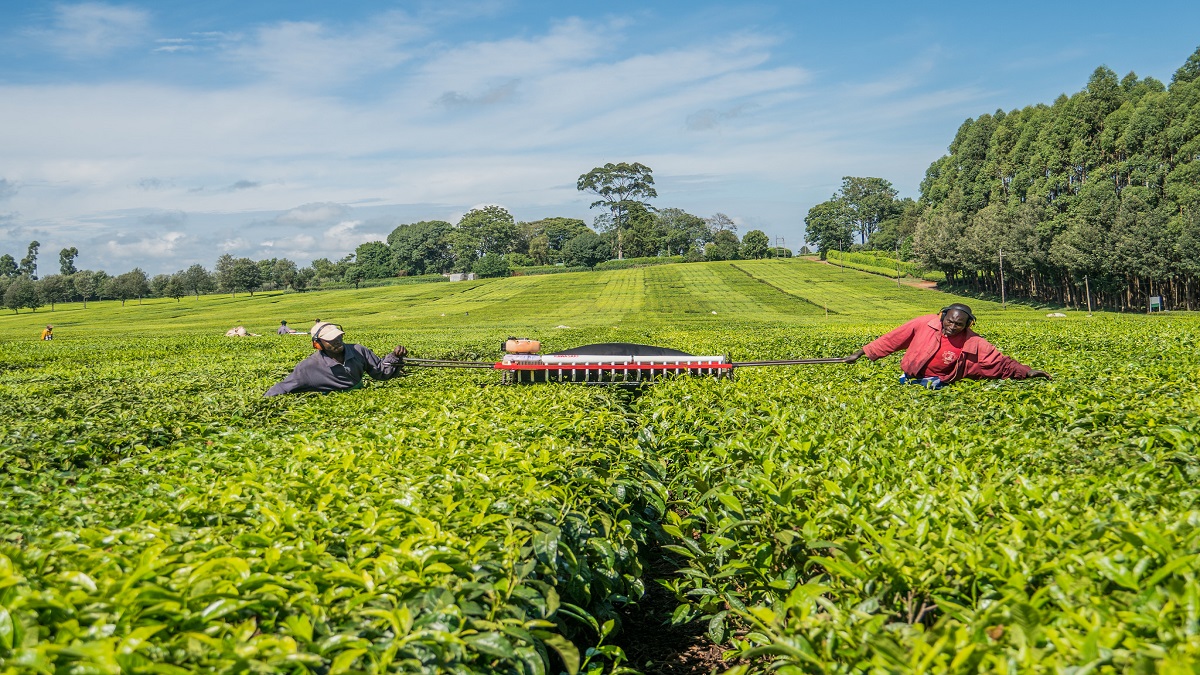How Agriculture Farming Practices Promote Biodiversity Biodiversity

In a changing world where the delicate balance of ecosystems is constantly threatened, the role of agricultural farming practices in promoting biodiversity has become central. Contrary to the belief that farming and biodiversity conservation are mutually exclusive, modern agricultural practices are emerging as catalysts for increasing biodiversity. This change is not only essential for the health of our planet, but also holds the key to ensuring food security for future generations and sustaining ecosystems.
The Symbiotic Relationship
Agriculture farming practices and biodiversity are often seen as opposing forces, with traditional farming practices criticized for their negative impact on natural habitats. However, a paradigm shift is underway, driven by innovative approaches demonstrating the potential for harmonious coexistence. Sustainable agricultural practices have emerged as powerful tools to conserve and promote biodiversity.
Agroforestry:
One such practice is agroforestry, which integrates trees, crops, and livestock in a way that mimics natural ecosystems. Farmers create microhabitats that attract diverse flora and fauna by planting trees alongside crops. This fosters a mutually beneficial relationship: trees provide shade, shelter, and nutrients for the soil, while diverse plant life attracts pollinators and beneficial insects, reducing the need for chemical pesticides.
Crop Rotation and Polyculture:
Traditional monoculture farming has contributed significantly to the loss of biodiversity. However, modern Agriculture Farming Practices are adopting crop rotation and polyculture. By rotating crops, the loss of specific nutrients is reduced, reducing the need for artificial fertilizers. Polyculture includes:
- Planting various crops together.
- Reducing the risk of pest and disease outbreaks.
- Providing diverse habitats for wildlife.
Cover Cropping:
Another innovative approach is cover cropping. Farmers plant cover crops during the off-season to protect the soil from erosion, improve soil fertility, and create habitats for beneficial insects. These cover crops, such as legumes, also fix nitrogen in the soil, reducing the need for chemical fertilizers.
Conservation Tillage:
Traditional tillage practices can lead to soil erosion and degradation. Conservation tillage techniques minimize soil disturbance, preserving the natural structure of the soil and enhancing water retention. This practice improves soil health and provides a conducive environment for various soil organisms, contributing to overall biodiversity.
Integrated Pest Management (IPM):
The use of synthetic pesticides not only harms non-target organisms but also disrupts entire ecosystems. IPM emphasizes a holistic approach to pest management, incorporating natural predators, resistant crop varieties, and cultural practices. This method reduces the reliance on chemical interventions, allowing natural predator-prey relationships to flourish.
Preserving Indigenous Knowledge
Indigenous communities around the world have practiced sustainable Agriculture Farming Practices for generations. Their intimate understanding of the land and ecosystems has led to innovative techniques that promote biodiversity while ensuring food security. It is crucial to recognize and integrate this knowledge into modern agricultural practices.
Traditional Seed Varieties:
Indigenous communities have preserved and cultivated various native seed crops adapted to local environments. These traditional seed varieties are often hardier and better suited to local conditions than modern hybrid seeds. Promoting the use of these seeds not only preserves cultural heritage but also enhances biodiversity.
Localized Farming Practices:
Indigenous farming methods often involve a deep connection with the land. Techniques such as terracing, contour farming, and water harvesting are sustainable and help prevent soil erosion and promote water conservation.
Community-based Management:
Many indigenous sustainable farming practices are community-centric, emphasizing collective decision-making and shared responsibilities. This fosters a sense of stewardship for the land and promotes the sustainable use of resources.
Benefits Beyond Biodiversity
The shift towards biodiversity-friendly farming practices brings many benefits beyond preserving natural habitats.
Enhanced Resilience: Diverse ecosystems are more resilient in changing climatic conditions and disease outbreaks. Biodiversity in and around farms can act as a buffer against unforeseen challenges.
Improved Soil Health: Cover cropping, reduced tillage, and crop rotation improve soil structure, enhance nutrient cycling, and increase water-holding capacity. Healthy soil is the foundation of productive and sustainable agriculture.
Increased Food Security: Biodiversity in crop varieties ensures a steady food supply, even in crop failures or pests targeting specific species.
Economic Opportunities: Biodiversity-friendly farming can open doors to niche markets for organic and sustainably produced goods. This, in turn, can improve the livelihoods of farmers.
Carbon Sequestration: Some biodiversity-promoting practices, such as agroforestry, contribute to carbon sequestration, mitigating the effects of climate change.
Conclusion
The synergy between agriculture farming practices and biodiversity is becoming increasingly evident as modern farming practices are developed. Modern techniques that promote coexistence are shattered by the conflict of seeing agriculture and conservation as opposing forces. From agroforestry and polyculture to indigenous knowledge and sustainable pest management, farming practices are being reimagined to create harmony between human needs and the natural world.
As consumers, policymakers, and global citizens, we hold the power to support and demand these transformative changes in agriculture. By embracing and advocating for biodiversity-friendly practices, we can foster a future where thriving ecosystems and abundant harvests coalesce, ensuring a sustainable and bountiful planet for future generations.



